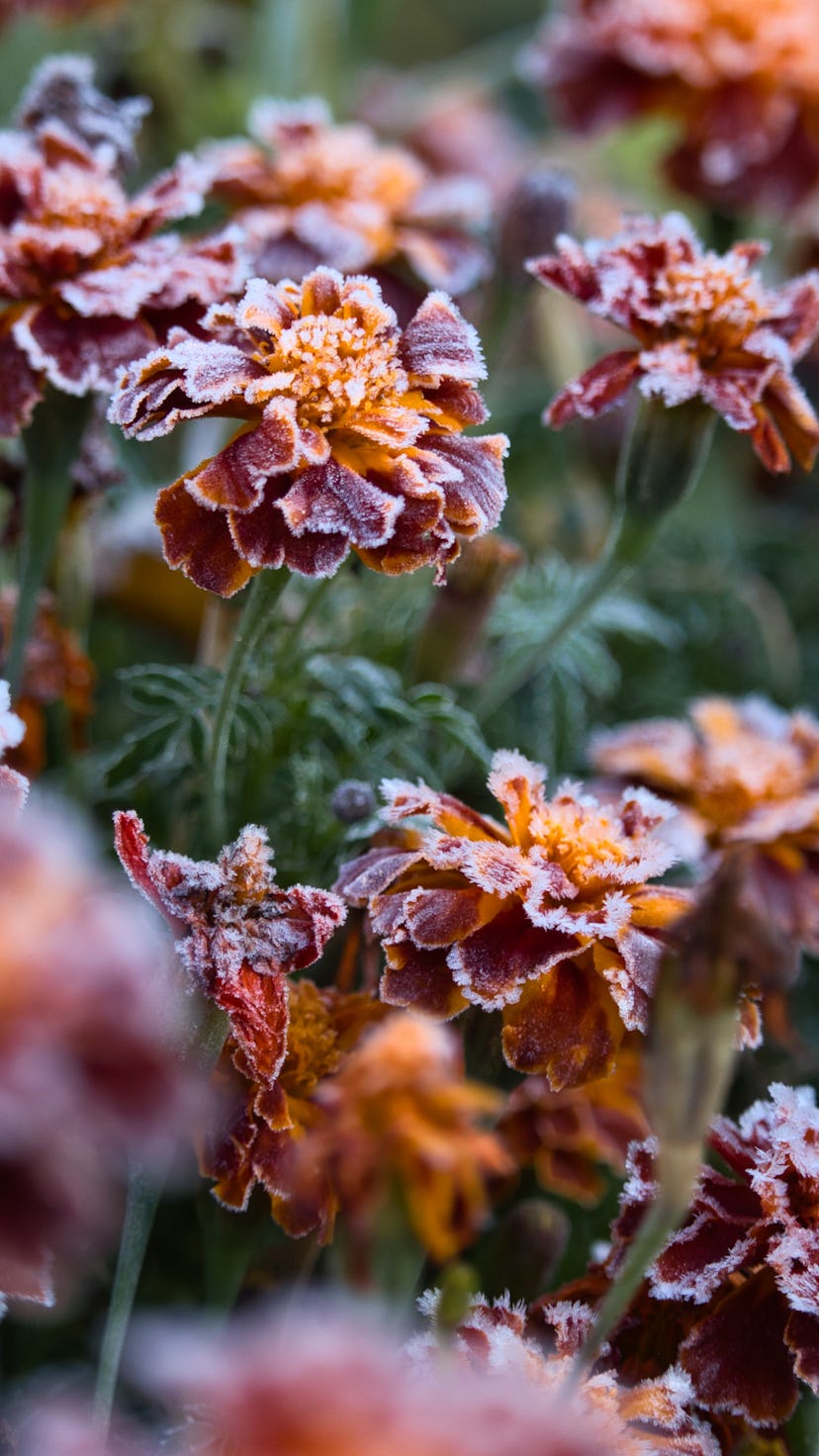Plant Life

How To Prep Your Garden For Winter
Get your plants ready for sweater weather.
Shutterstock
Clear out diseased plants to get your garden in the best shape for winter. You can leave healthy growth in place alongside spent crops, according to Eartheasy, but any plants with signs of disease like abnormal coloring or spots need to go.
Shutterstock
To winterize your soil, add several inches of compost to your garden before the first freeze. Cover that with a light layer of mulch or straw to best prepare your garden for winter, The Old Farmer’s Almanac suggests.
Shutterstock
Early winter is the ideal time to plant garlic. They’ll root fast and grow in by the summer. The winter weather helps maintain soil nutrients needed for garlic to grow, but mulching through the season can help it thrive, according to GrowVeg.
Shutterstock
Cover semi-hardy vegetables like cabbages, greens, and root crops like carrots and potatoes. Use a cold frame or floating row cover to protect garden crops from a freeze, The Old Farmer’s Almanac suggests.
Shutterstock
Bring fragile plants indoors for winter. Place plants with tender bulbs like dahlias and ones that keep growing in the winter like hibiscus in a sunny spot near a window, recommends The Old Farmer’s Almanac.